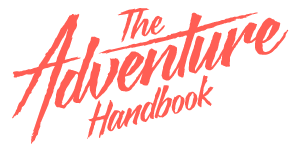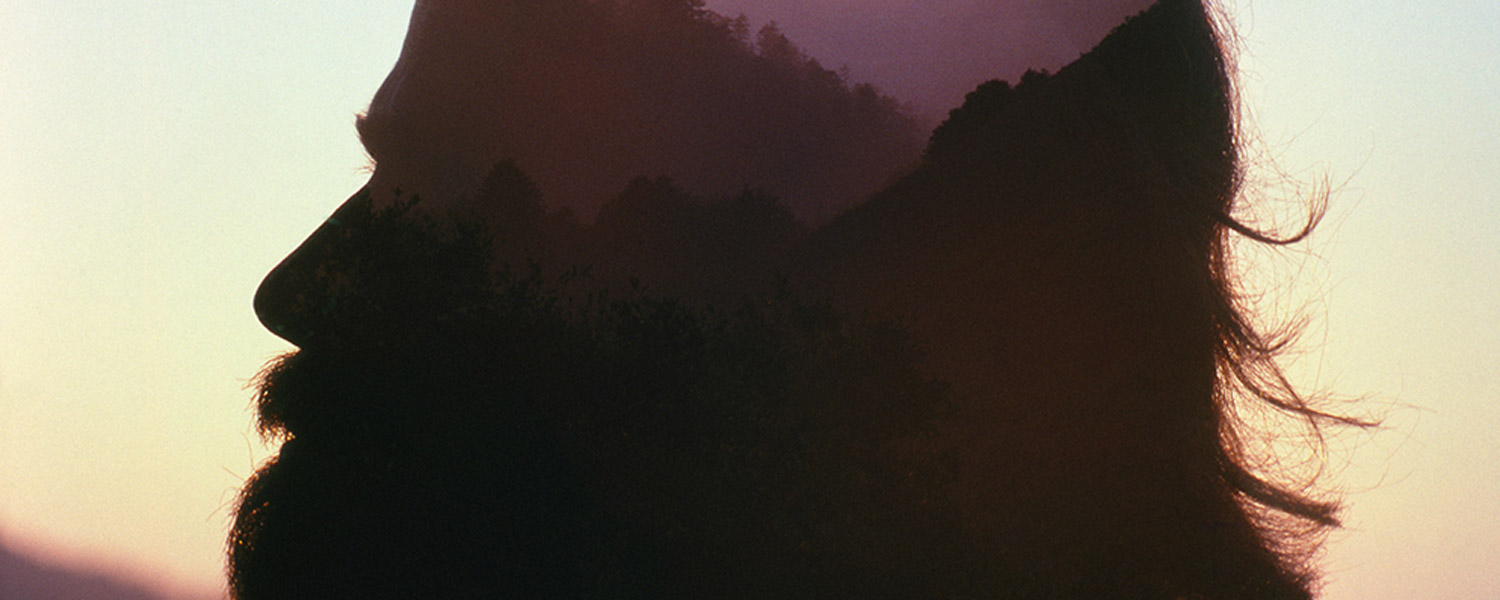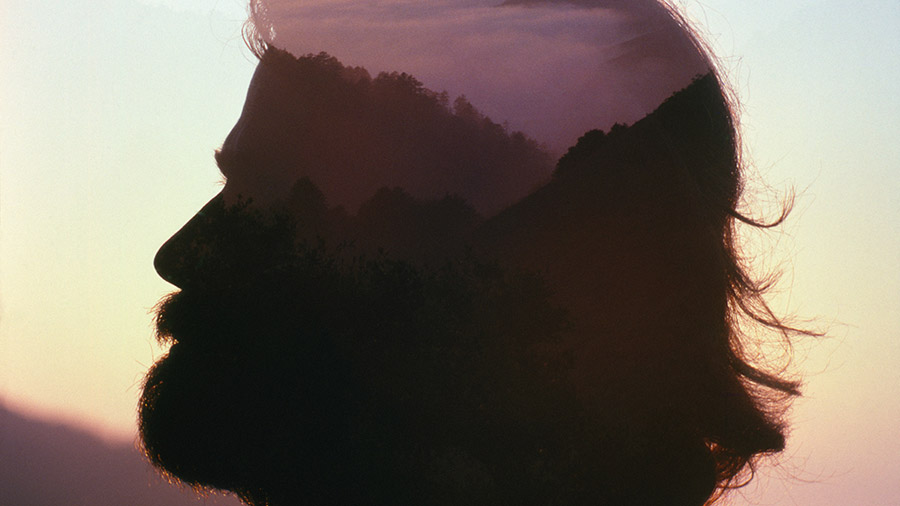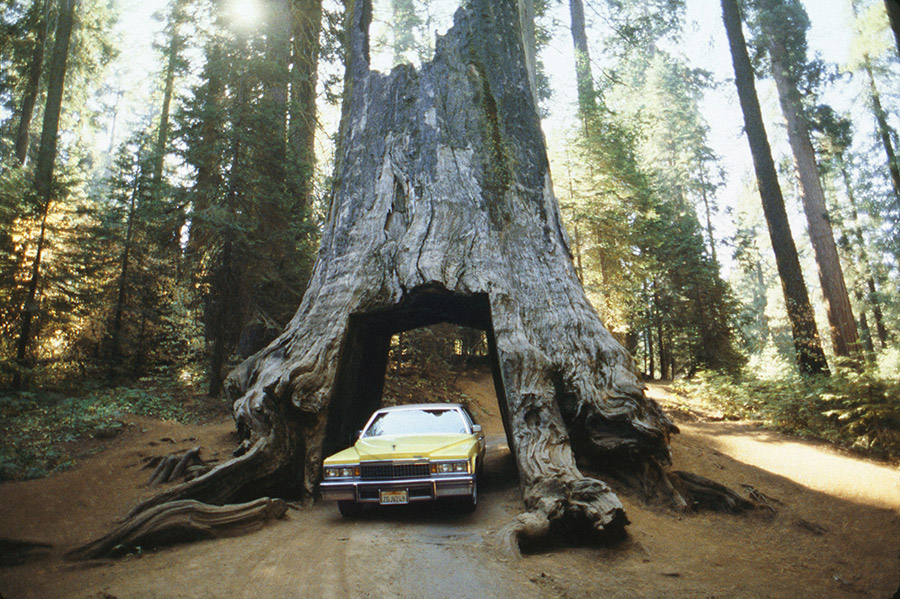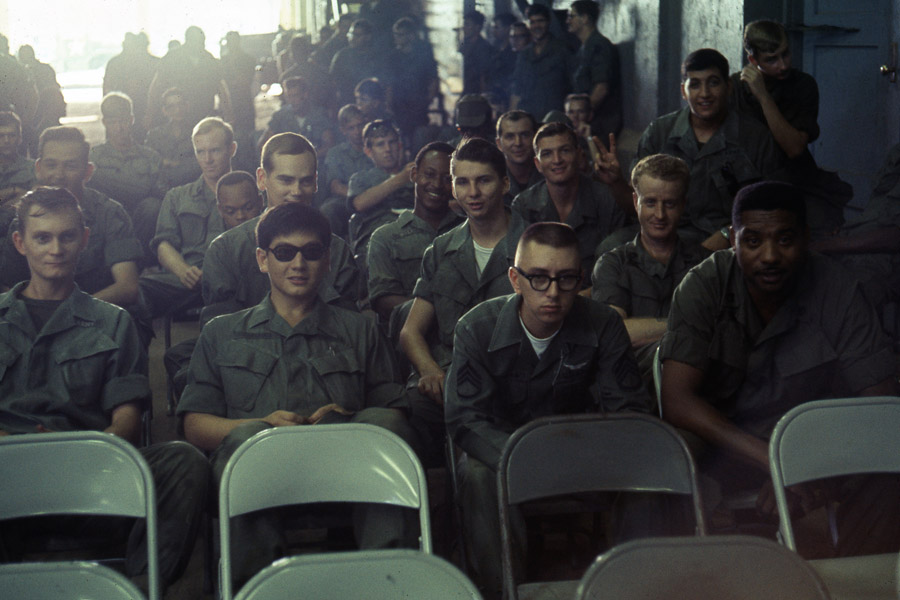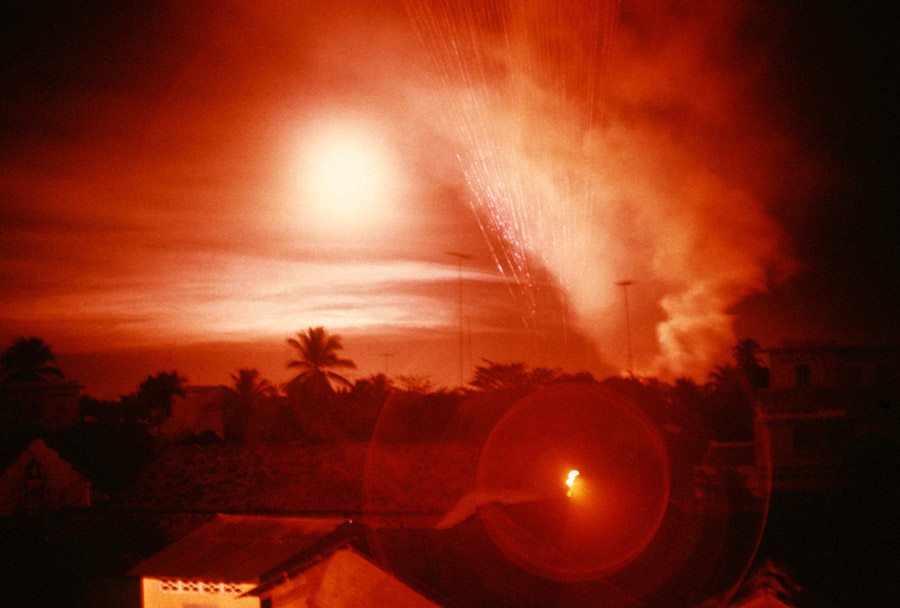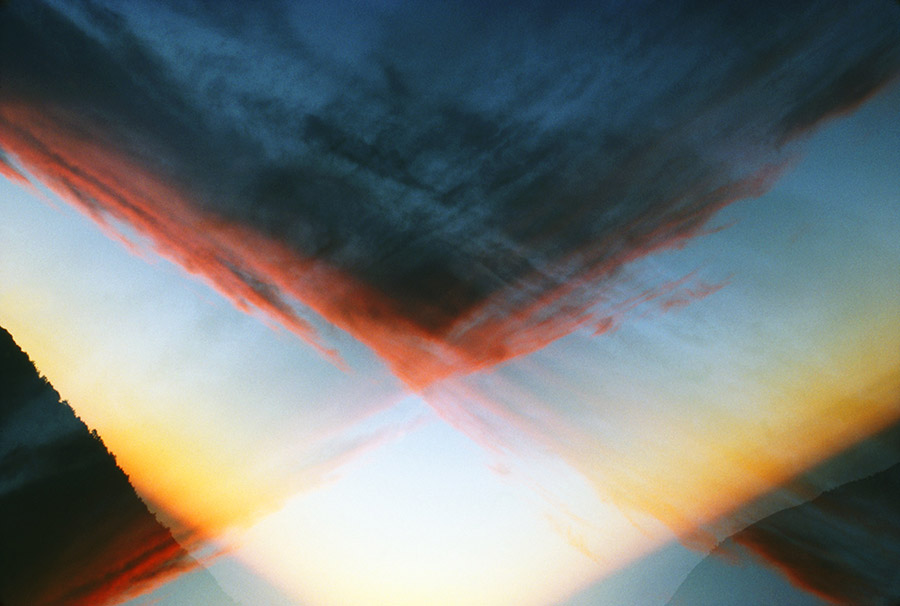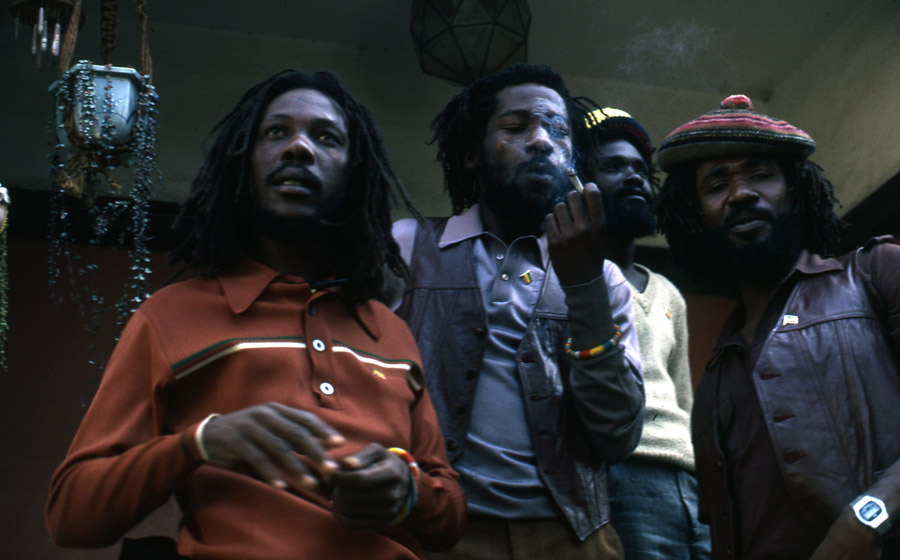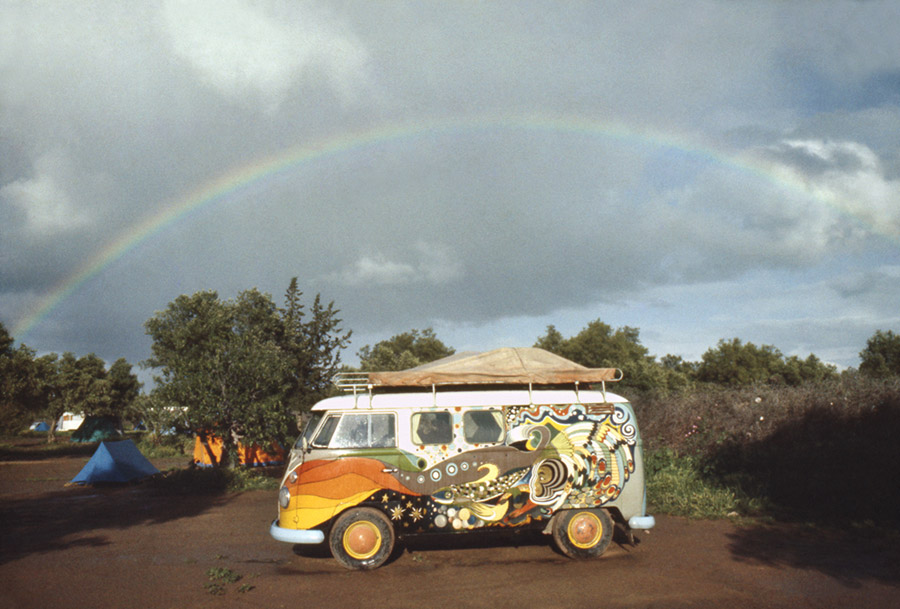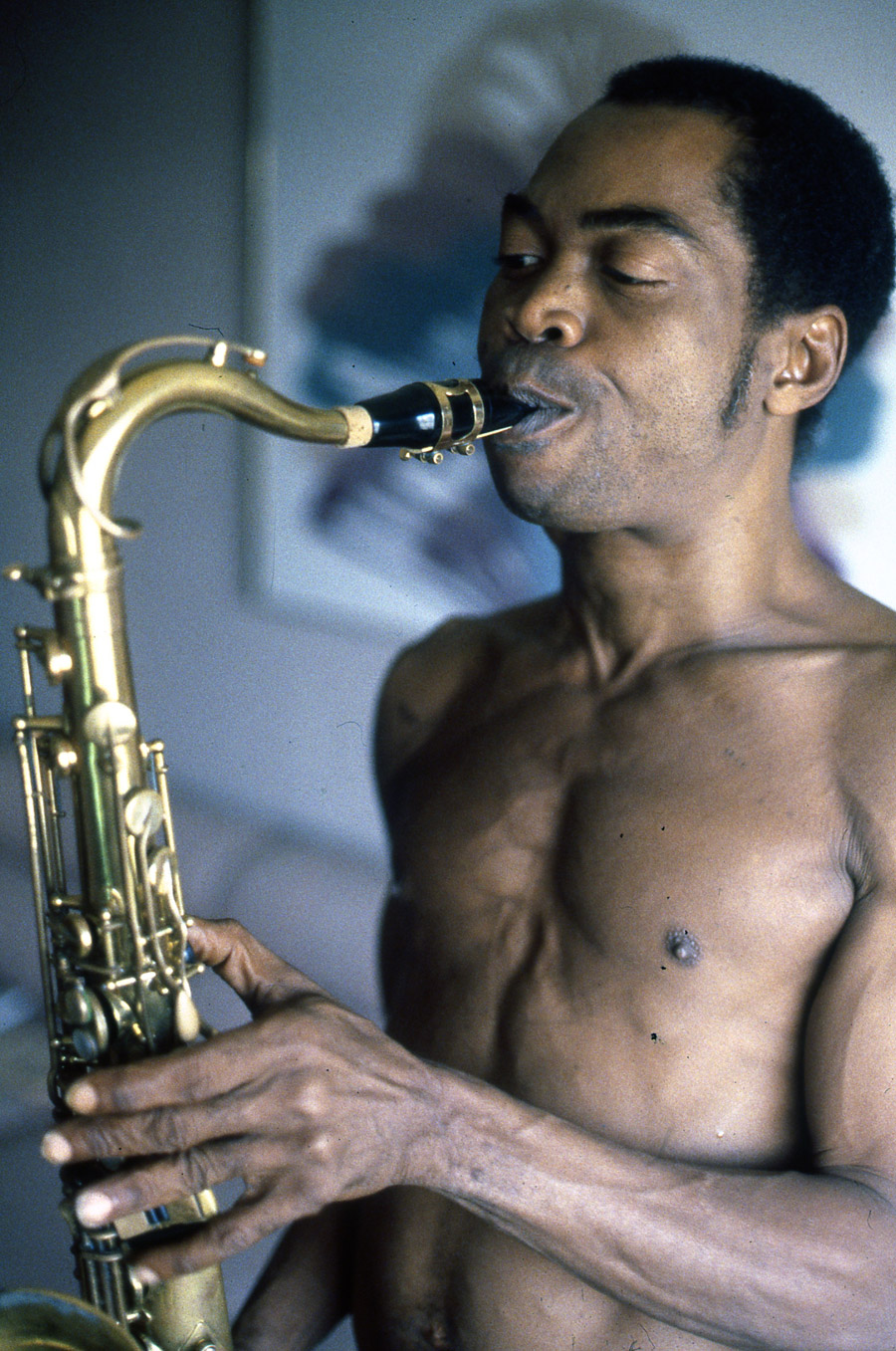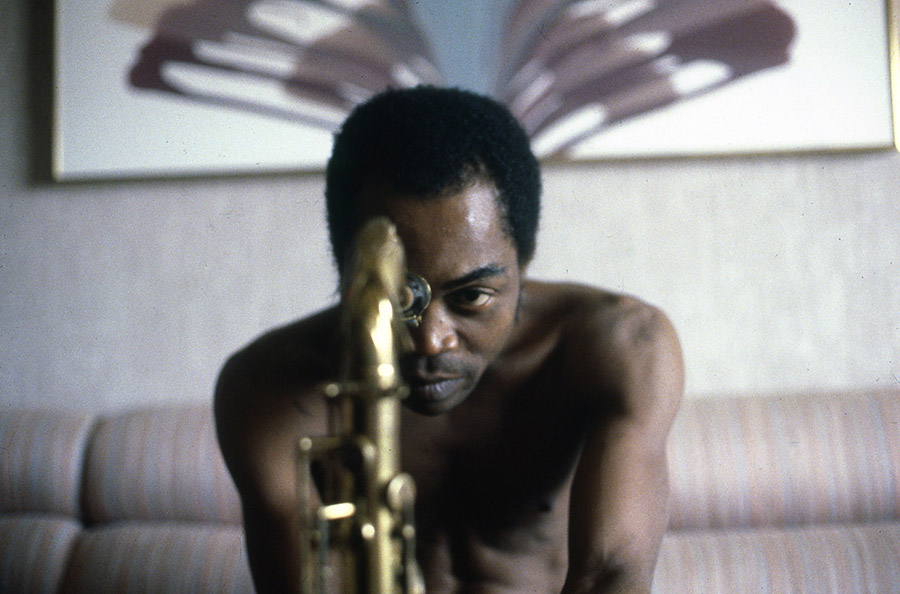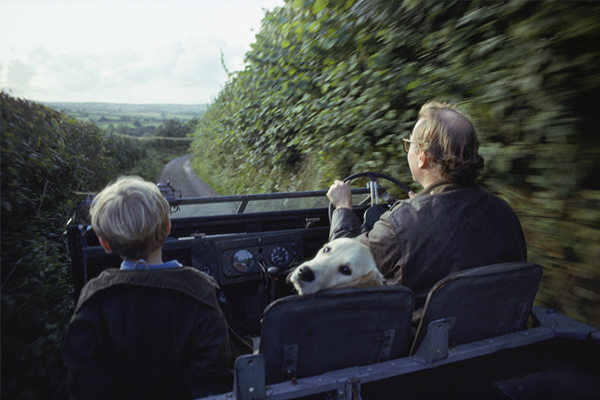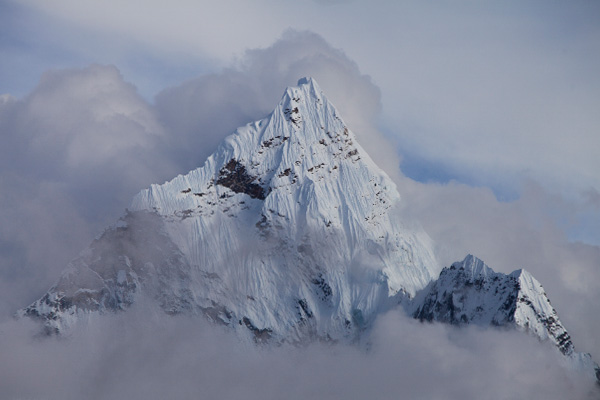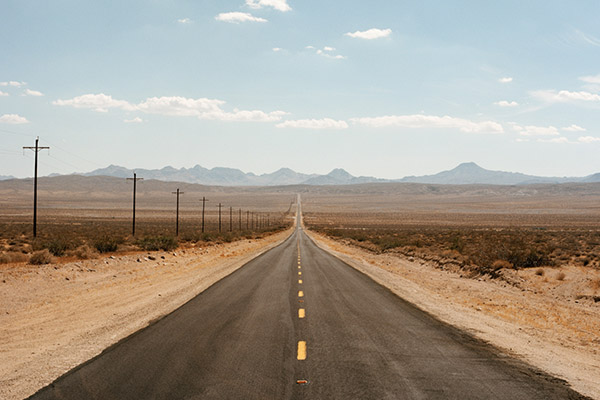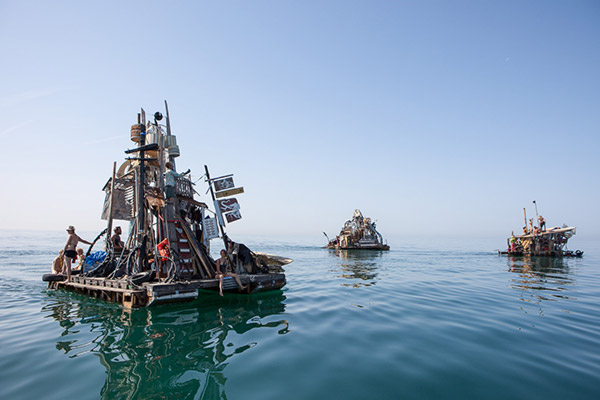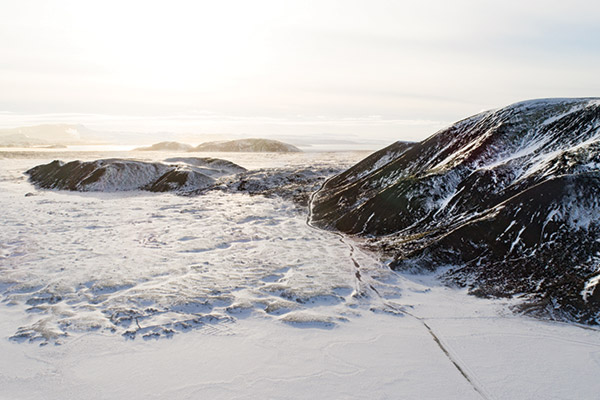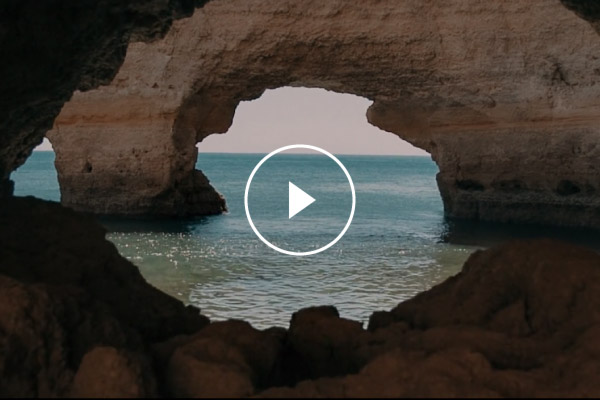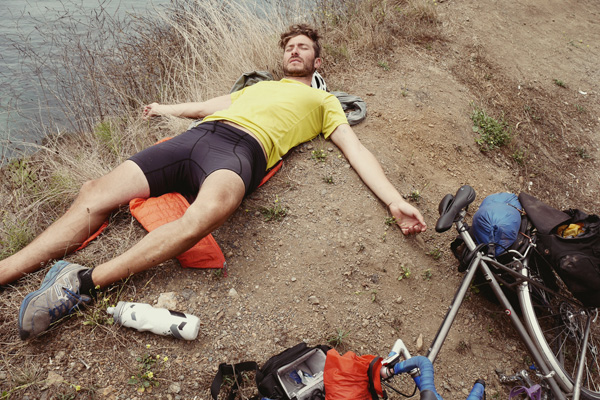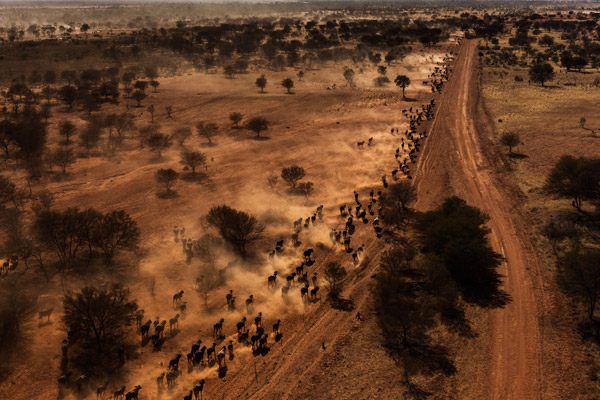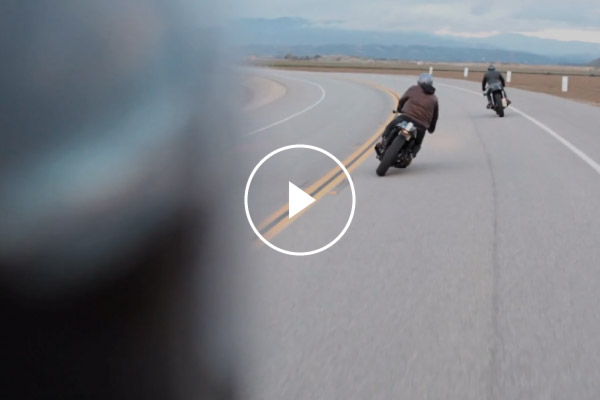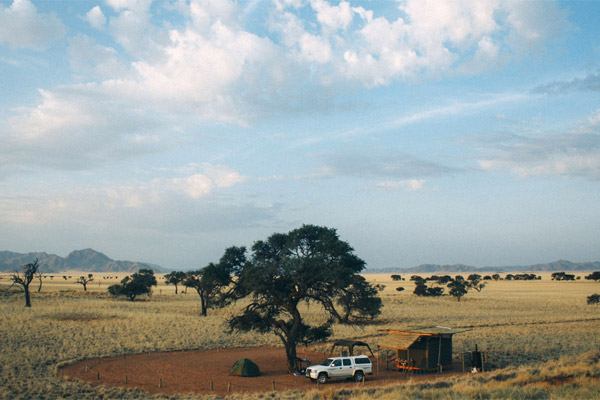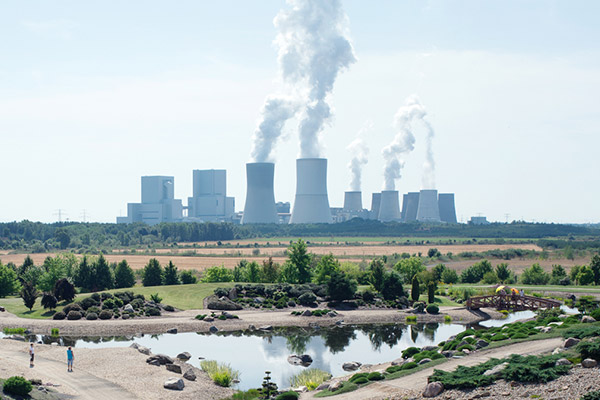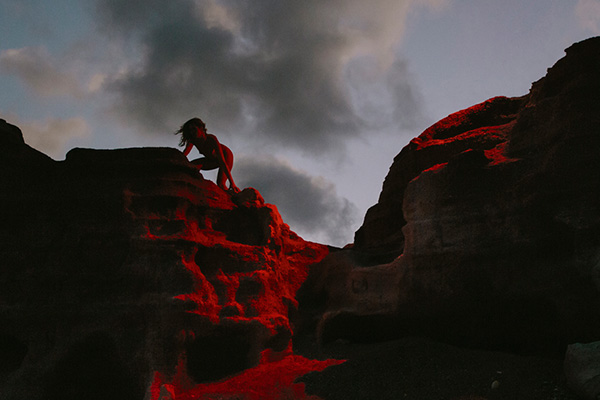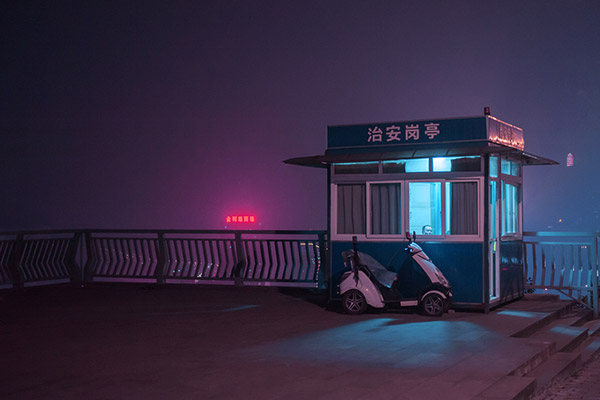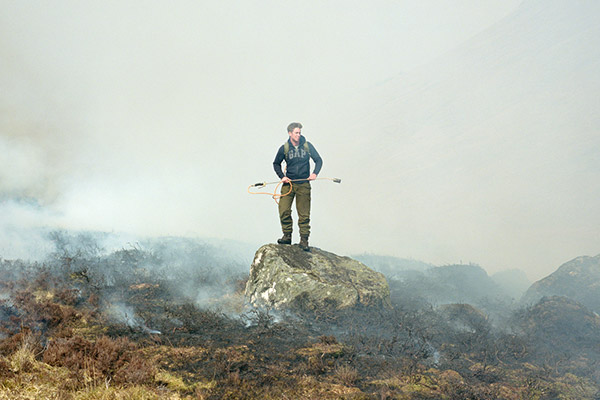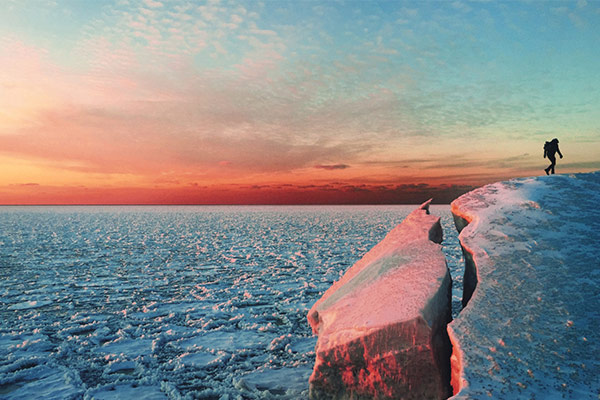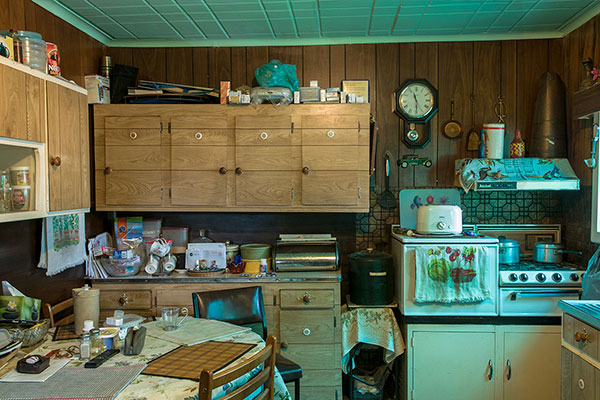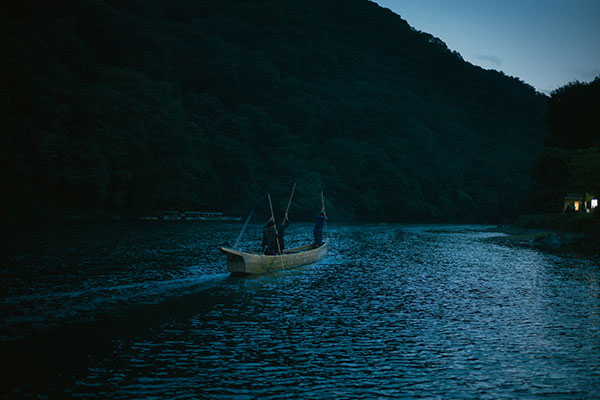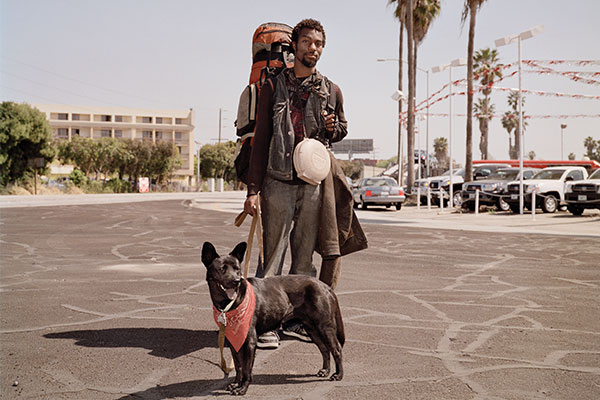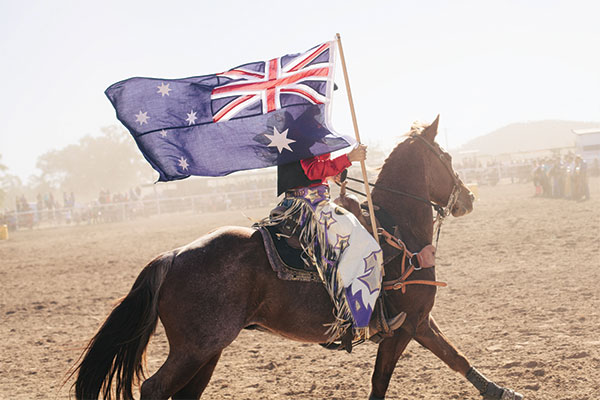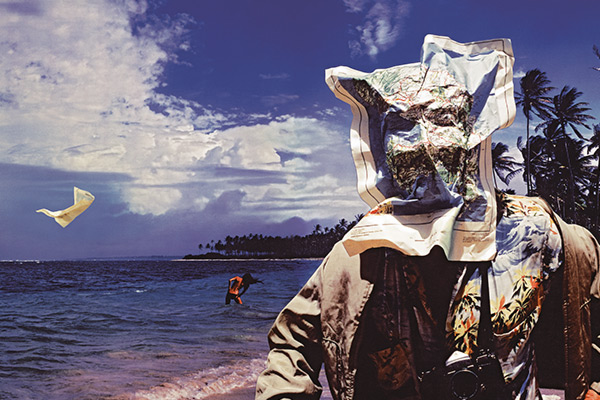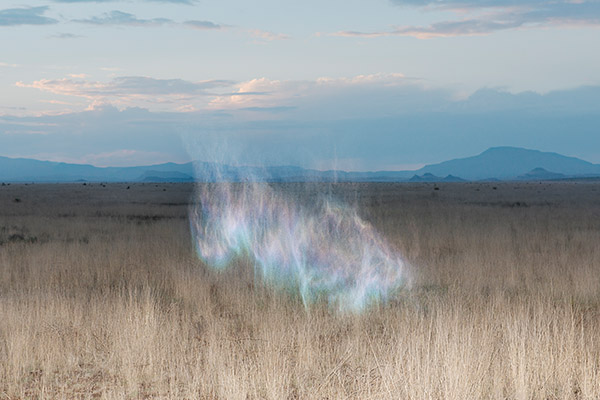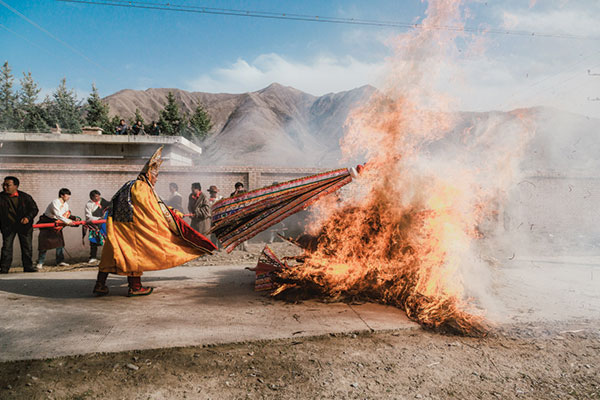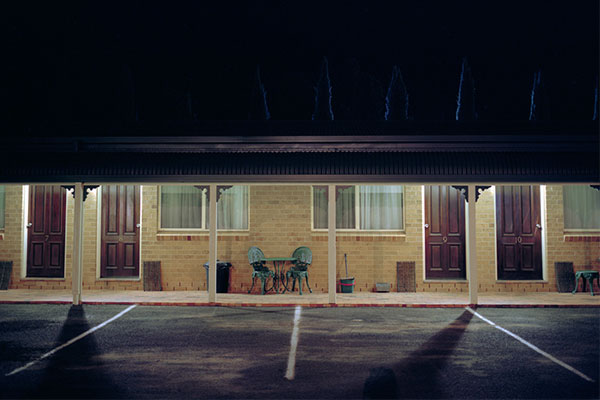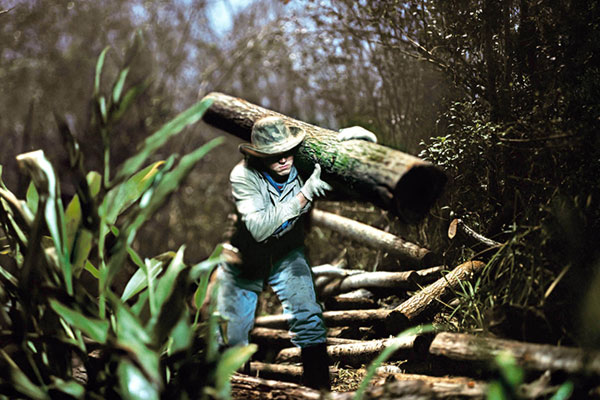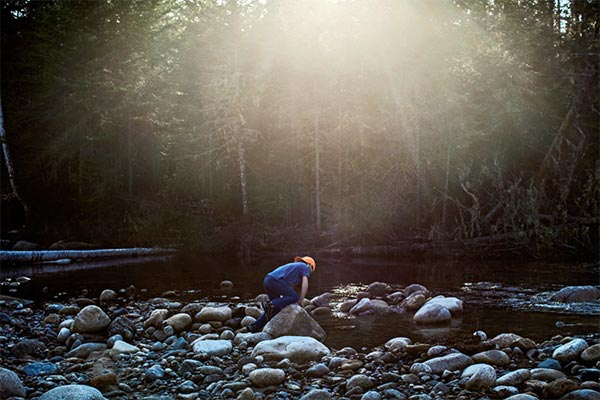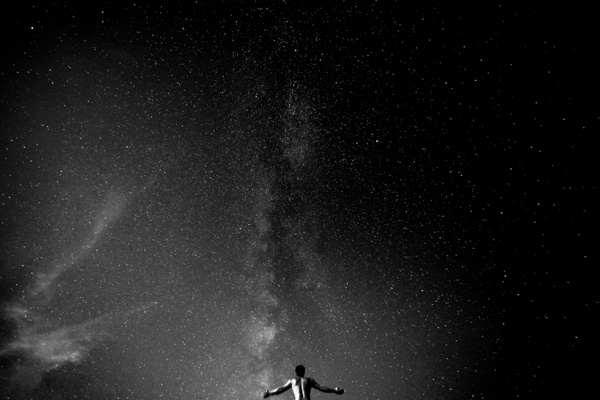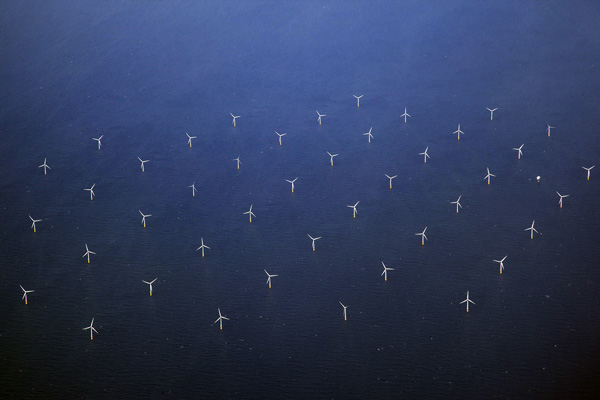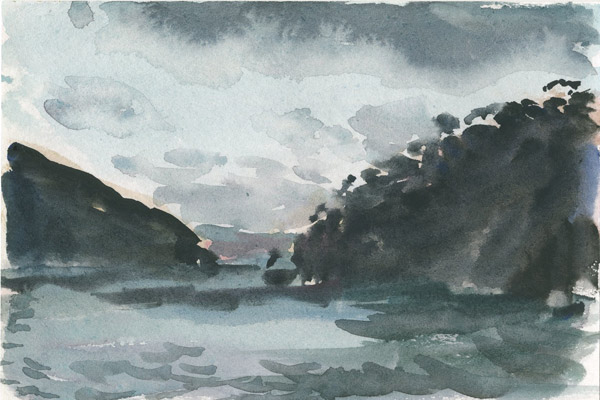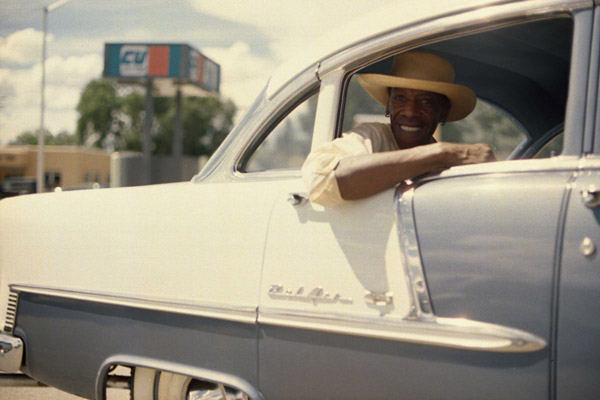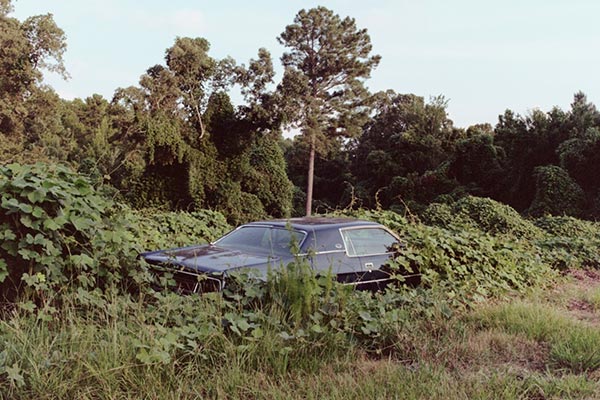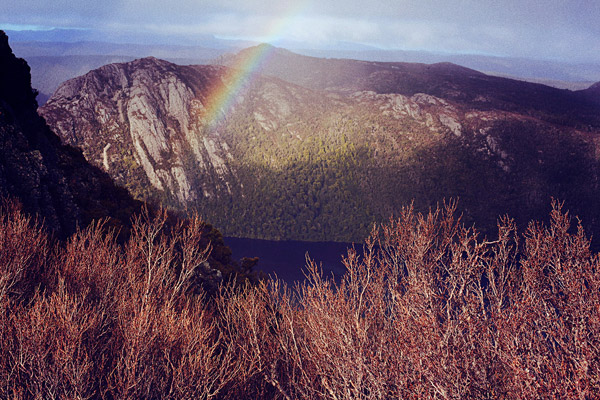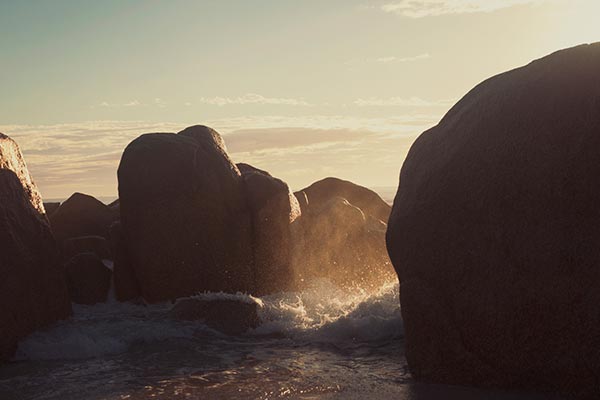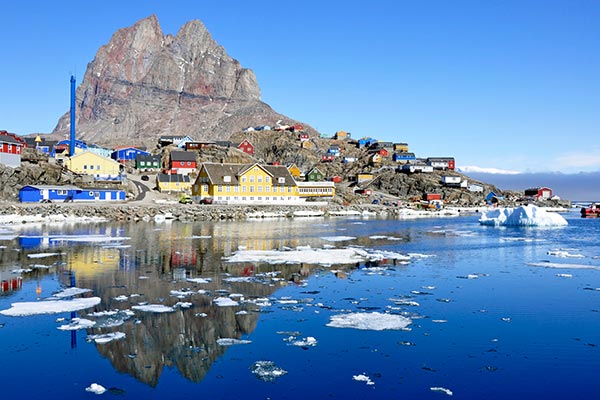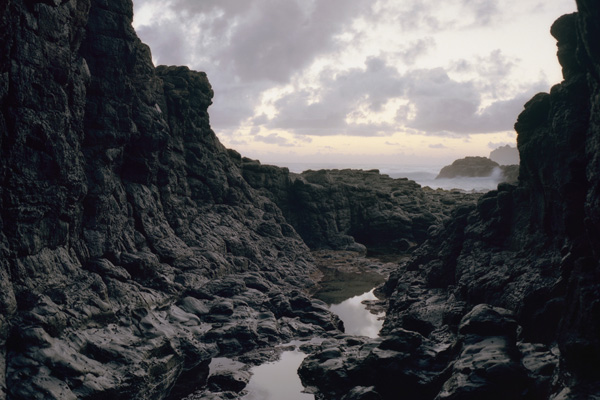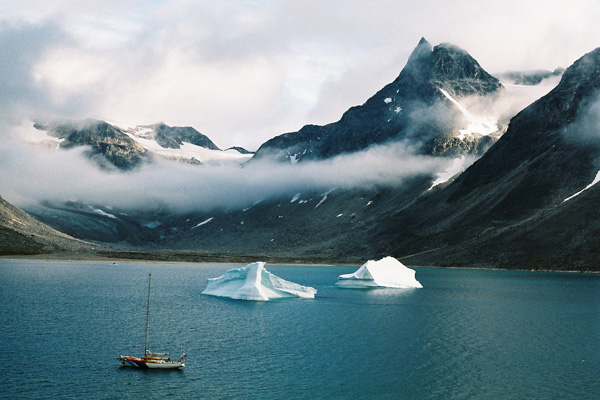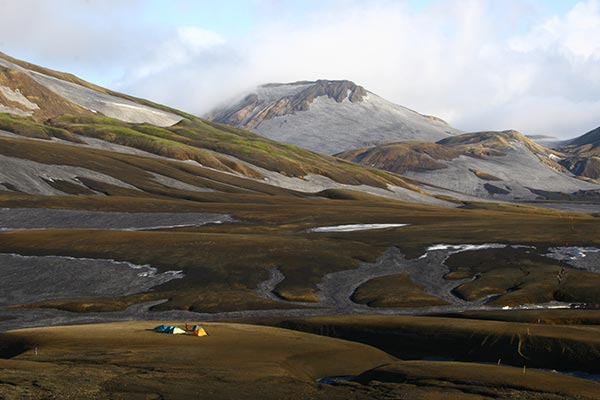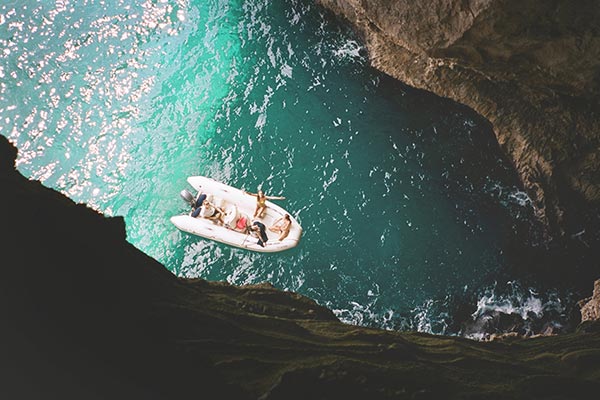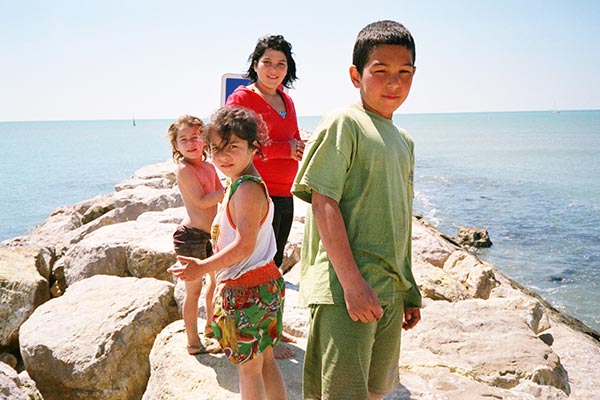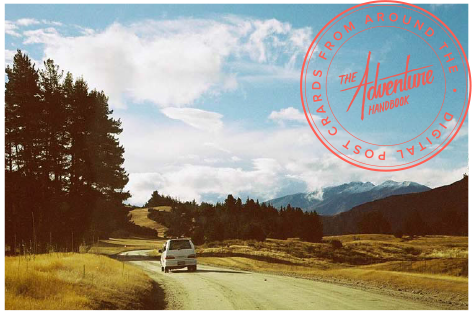Our dad always has a camera with him, and we got so used to his constant picture-taking that we didn’t realize the full extent of how amazing his archive of images was until Devon did the initial scanning of the slides.
Thus, when I was drafted and sent to Vietnam in early November 1967, one of the first things I did was to buy a camera at the Cholon PX in Saigon – a Canon FT. I began shooting my first impressions, always the best thing to do, because once you’ve been introduced to a person or place, you will never see it that way again. I knew I was in a significant place at a significant time, and that became only too apparent three months later when the sudden TET Offensive devastated vast parts of the city, and left 52 families living in huge sewer pipes on the street outside my hotel barracks in Saigon’s downtown district. I wrote a letter to the editor of the Racine Journal-Times, asking for food and clothing, promising that I would distribute it personally to insure it didn’t get onto the black market.
Anyone who came without a weapon was welcomed, no questions asked. Deserters from both the North and the South Vietnamese armies lived there and a few thousand Taoists.
Within weeks I had seen into the rot behind the whole affair and the duplicitous nature of the rah-rah media, and marveled at the outright corruption that was going on on every possible level.
I was looking for a warm place, one in which I could learn French and where I could live cheaply with my “war bride”. We chose Marrakech and had a letter of introduction to a French countess there who lived in a 40 room palace with the largest private cactus garden in North Africa.
I am first generation rock ‘n’ roll, born in the summer of ’42. I loved the doo-wop of the ’50s and saw most of the major figures back then – Chuck Berry, Jerry Lee Lewis, teenage Everly Brothers, Bo Diddley, Fats Domino, Jackie Wilson…
My first guest on the Reggae Beat was Bob Marley himself, and I spent two weeks on the road with him on the “Survival” tour of late ’79, his final one in California.
“You must have been very glad to get out of prison and get back to your 27 wives,” I observed. “Oh, no!” he demurred. “When I got home from prison I divorced them all!” “Why?” I asked, stunned. “Oh,” he said, shaking his head, “marriage is too confining.”
Receive a postcard from us sign up

